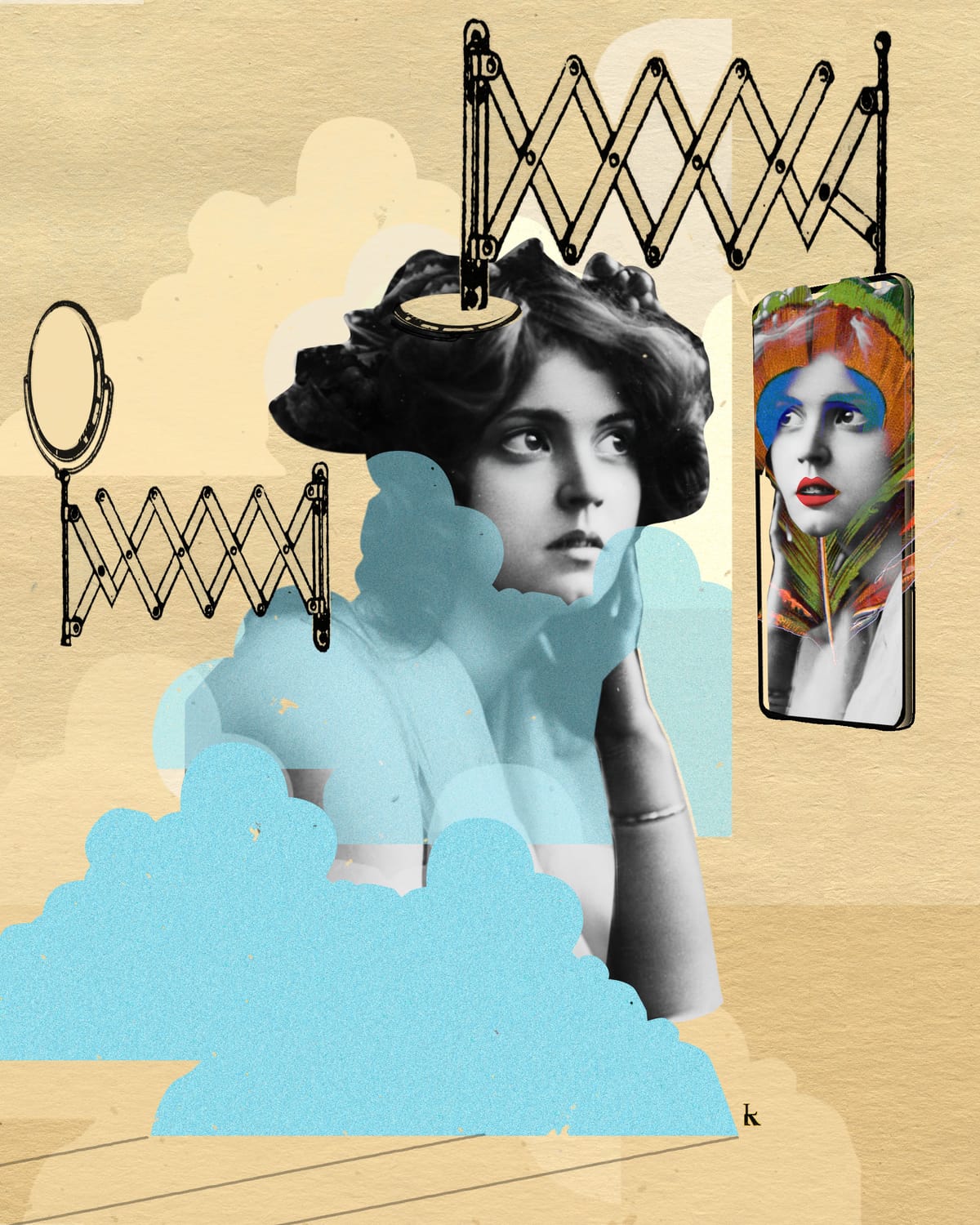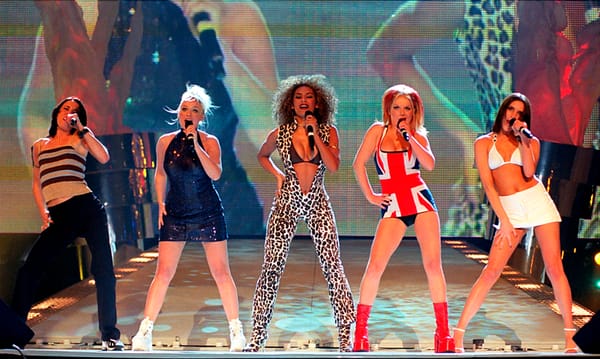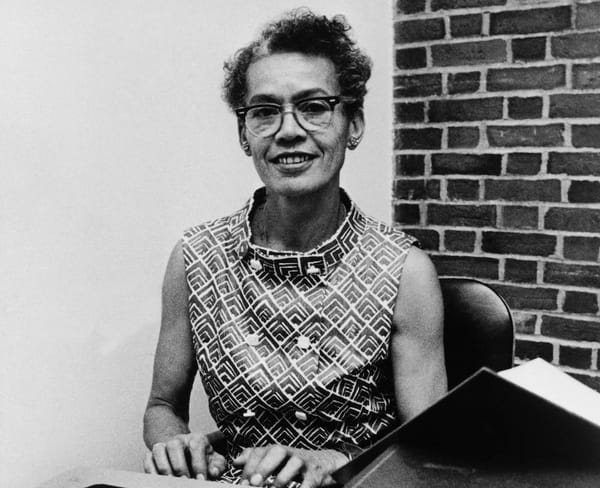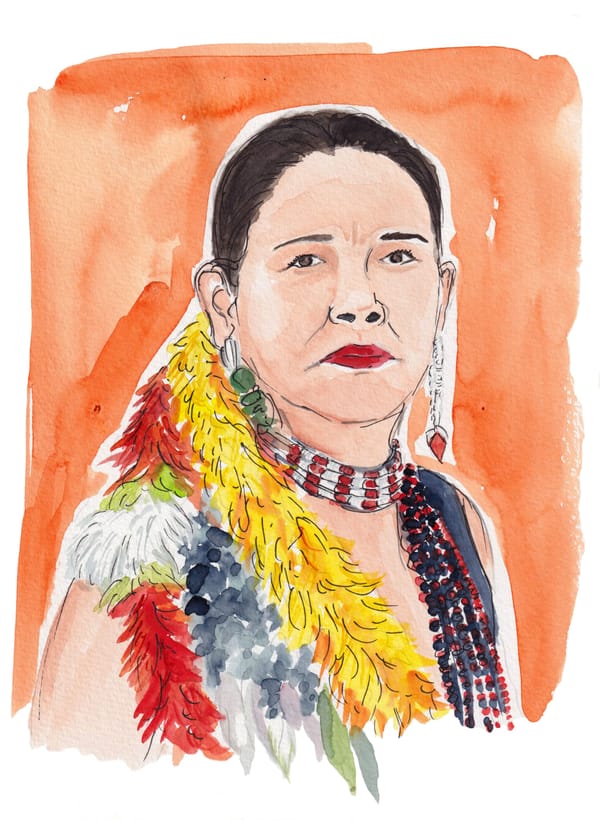'Slut-Shaming' is Evolving. This Author Set Out to Understand Why.
The author Leora Tanenbaum's new book, Sexy Selfie Nation, offers advice on how we can shut down a uniquely harmful form of gender discrimination: slut-shaming.

When Leora Tanenbaum published her 1999 book "Slut! Growing Up Female with a Bad Reputation," she couldn’t have predicted the effect her work would have on feminist theory, then—or more than a quarter century later.
In that book, Tanenbaum coined the term “slut-bashing,” the precursor to “slut-shaming,” which is now a widely-recognized term used to describe the vitriol and abuse girls and women frequently deal with as they navigate patriarchal social standards in an often-misogynistic world.
Since the book's publication, Tanenbaum has become a fierce advocate for women’s and girls’ bodily autonomy and has served as an expert witness in legal trials, advising litigators who defend the rights of women to control online images of their own body.
Now, Tanenbaum has a new book out: "Sexy Selfie Nation: Standing Up for Yourself in Today's Toxic, Sexist Culture." She sat down with The Persistent to reflect on the evolution of slut-shaming and offer advice on how we can shut down this uniquely harmful form of gender discrimination.
This conversation has been edited for clarity and brevity.
How did you first come to this topic of slut-shaming?
I was labeled a “slut” when I was in high school in Manhattan in the mid 1980s. At the time, I didn't have the language or the tools to make sense of it, and was only able to piece together the significance of the experience years later, after I read an article in the New York Times in 1993 about a survey on sexual harassment in middle schools and high schools. One of the things the survey examined was peer-to-peer verbal sexual harassment–which, I realized, was exactly what had happened to me.
The article noted that 42% of girls nationwide in middle schools and high schools had been the victims of such peer-to-peer verbal sexual harassment–in other words, they’d been called a “slut” by other students. It had never occurred to me that this was a form of sexual harassment, a term I was barely familiar with. I was so struck by what I’d read that I called the AAUW and asked for a copy of the survey results. When I got it, it basically changed my life. I realized that I wasn’t alone.
How did this experience evolve into your first book?
I decided I wanted to find some other people who had experienced what I’d been through. At first it was purely a passion project. So I placed classified ads in newspapers around the country and wrote that I was doing research on girls who had been labeled “sluts” or “hoes” when they were in school, asking anyone who’d been through this to please write to me.
Over the next few years, I spoke with well over 50 people who agreed to let me write about their experiences. That ended up becoming my first book, "Slut!," which came out in 1999.
That was 26 years ago. Have we made progress since then?
My research is qualitative, not quantitative, and obviously everybody I speak to is choosing to speak to me. So it's all self-selective in that way. That said, I do feel comfortable making some generalizations.
Back then, my observation was that pretty much every middle school or high school had perhaps one or two girls who had been singled out in this way—who had been labelled a “slut” or similar. They became sort of the scapegoats, which, of course, was a horrible experience for them. But at least before the rise of the world wide web and social media, you could transfer to another school, get a fresh start and your reputation probably wouldn't follow you. Another thing that made me optimistic was that a few weeks after my book's publication, there was a Supreme Court case ruling concerning sexual harassment in high schools: The court ruled that if a school administration knew that sexual harassment was occurring and they did nothing to stop it, that school district would be monetarily liable.
But then, unfortunately, as we know, things went from bad to worse to the situation we're in now, which is significantly worse.
In 2013, I did a second round of research on shaming after the rise of the world wide web, social media and Snapchat–a whole new ecosystem for bullying. Again and again, I heard stories of girls being pressured to send nude or semi-nude photos of themselves to boys. Once they do that, of course, they lose all control. And the shaming was not contained at this point. Those stories eventually led to my 2015 book, "I Am Not a Slut: Slut-Shaming in the Age of the Internet."
But my third round of research, for my most recent book, showed that shockingly, things had gotten even worse. The spread of image-based sexual abuse today is horrifying.

In "Sexy Selfie Nation," you write about the widespread critiques of young women who pose for, and take selfies. Tell me more about how that started and what you learned.
In "Sexy Selfie Nation," I'm showing that critiques of young women's clothing and selfies are misguided, even harmful to women. Indeed, the problem we should all be concerned with is the toxic, sexist conditions that shape young women's lives.
Indeed, the problem we should all be concerned with is the toxic, sexist conditions that shape young women's lives.
I started "Sexy Selfie Nation," because, as a known expert on slut shaming, I had been deluged by panicked messages from parents about their daughters wearing inappropriate clothing and posting inappropriate selfies. They wanted to know how they should be speaking to their daughters–if there was a magic, non-shaming sentence they could say–to get them to not wear those clothes or post those bikini selfies.
As I was listening to these parents, I realized that the only way I could be helpful was to understand where the daughters were coming from, and why they were choosing to wear clothes and post selfies that their parents and teachers considered to be “inappropriate.”
I spoke to approximately 60 young people aged between 14 and 30 of different ethnic, racial and geographic backgrounds over six years, some of whom identify as female, others who identify as non-binary and trans.
What they told me again and again was that they were frequently not trying to be sexy, and that they did not see their clothing and even their “sexy selfies” as having anything to do with sex—at least not in the way that their parents and teachers thought of it.
Again and again, I kept hearing the words “control” and “ownership.” They wanted to take ownership over their body and their image.
They explained to me all the different ways in which, in their daily lives, they were being subjected to what I call non-consensual sexualization. And that’s ultimately what I decided to write about in this book.

So what are some examples of non-consensual sexualization?
One thing that young people kept telling me about was gendered school dress codes. About 93% of US public schools have a dress code and most of these policies are enforced in a way that disproportionately affects girls.
It's typical, for example, for a school dress code to prohibit skirts or shorts that hit above where the fingertips fall when you're standing up. It's also common for crop tops, or tops with spaghetti straps, to be prohibited.
What's wrong with those dress codes is that they make girls' bodies the center of attention, while suggesting that girls' bodies are a problem and that girls need to cover up.
Some schools start these policies at the elementary school level, which impacts children who up until that point hadn’t even thought of themselves in a sexual way. It creates an awareness and a self-consciousness that they don't really know how to interpret—not that they should have to.
In other words, schools are unwittingly creating an environment in which teachers and administrators are scrutinizing and commenting on girls' bodies, where young people are being told by authority figures that their bodies are essentially shameful.
Schools are unwittingly creating an environment in which teachers and administrators are scrutinizing and commenting on girls' bodies.
I think it’s also important to add that, according to the National Women's Law Center, trans and non-binary students and students of color are disproportionately harmed by school dress codes. They tend to be policed and disciplined more than white, cisgender girls.
You also write about something commonly known as “image-based sexual abuse.” Can you tell me a little bit about that?
Technically, revenge porn (and deep fakes) are a component of what’s known as image-based sexual abuse, of which 90% of victims are women. I share the experiences of a number of these victim survivors and the actions they have been taking to regain ownership over their bodies. I also argue that tech companies, advertisers, and credit card companies are accruing tremendous profits from this abuse of women, and we all need to stand up against this.
Commercial websites that host sexual images obtained without consent of the people depicted, partner with advertisers to generate revenue and with credit card companies to process payments. So, to disrupt image-based sexual abuse, one strategy would be to break the business model that allows companies to earn profits off our private images.

Earlier this year, the Take It Down Act was written into federal law, which criminalizes so-called revenge porn and deep fakes. Based on your research, does this represent meaningful progress?
This law is an important step forward, and it is a big win. It offers victim survivors a mechanism to force websites to remove intimate content that has been shared without their permission, and it also holds those responsible for their distribution accountable.
Of course, there is always a “but,” and one thing about this law is that it places the burden on victim survivors to take action.
At the end of the day, these websites and the tech companies are still making such a tremendous profit off this sort of abuse. So yes, we still have a very long way to go.








